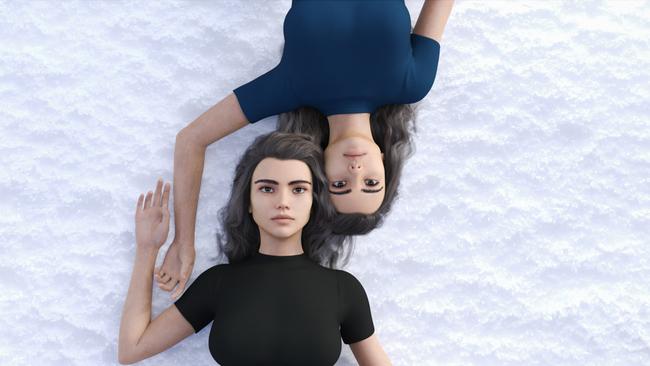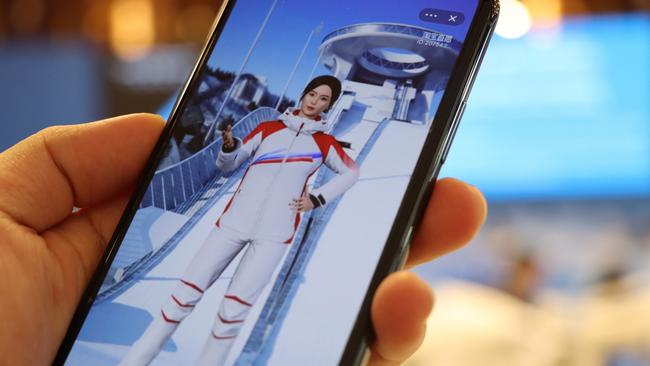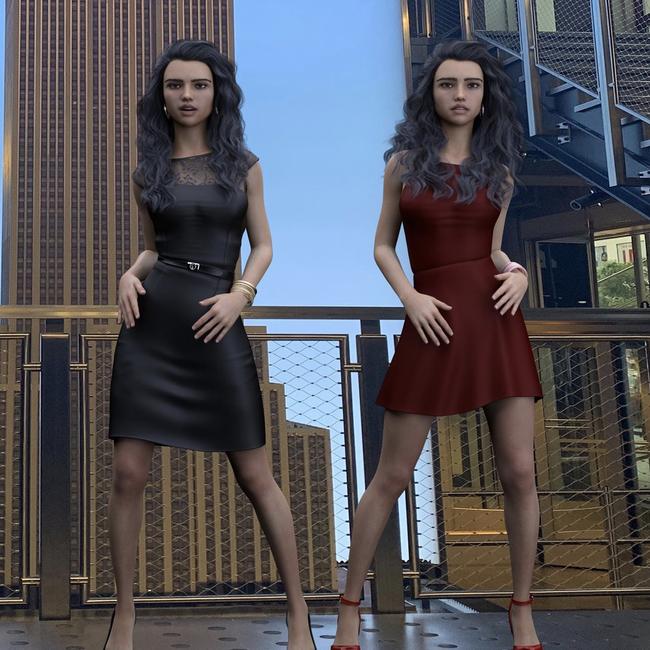Are celebrity influencers such as Jane Scandizzo and Jules Sebastian in danger of being replaced by virtual influencers
Brands are set to create their own computer-generated influencers to avoid controversy and hairy relationships when posting online.

In many ways, Ronald McDonald is the perfect metaphor for the virtual influencer industry.
The iconic McDonald’s clown powers the largest and most successful fast food chain in the world and yet he isn’t a real person.
But on social media, followers don’t care, with 60,000 throwing their support behind his “official” Instagram account, which has since been verified by the Facebook-owned platform with a little blue tick.
His rise to fame on social media is one virtual influencers are now looking emulate, with dozens of computer-generated personalities racing to garner an online following they can use to turn a profit. And it’s a race that is beginning to spill into the real world.
At Paris Fashion Week in January, about a dozen models sported a mask replicating Imma, a pink-haired woman who is arguably Japan’s most popular virtual model. On Instagram 356,000 have followed her through 636 posts as she struck campaign deals with Nike, Onitsuka Tiger, Undercover and Tommy Hilfiger.
At the 2022 Winter Olympics, tech company Alibaba conceived Dong Dong. The AI-powered Chinese woman, whose name translates to “winter”, was created to “give a digital uplift” to the games and “to bring joy to the audience”.
Closer to home, virtual influencers are reshaping the social media landscape.
In August 2019, a pair of virtual twin sisters were brought to life by twin sisters Colina and Hripsime Demirdjian, behind Double Trouble Creatives which is creating the nation’s first metaverse.

Within weeks they had amassed tens of thousands of followers, before setting their profile to private.
“When we first launched ours, the industry was too young. We didn’t take on anything but brands were interested in us and wanted us to create their own virtual influencers,” Colina said.
As the world eyes opportunities in the metaverse, the Demirdjians are looking to bring their virtual counterparts back into the limelight.
“We are confident virtual influencers will become part of a cultural and social norms,” Colina said. “The reason we haven’t posted in a while (on our virtual influencers Instagram) is because we’re working on the metaverse … we are going to take them into the metavese where they will probably own a house.”

Asked whether the success of virtual influencers poses a threat to their real-life influencers, Colina said no.
“They don’t really pose a threat but it expands the industry – it’s just more choice. Physical influencers have a different influence within their own community,” she said.
University of Sydney digital cultures senior lecturer Chris Chesher agrees.
“Virtual influencers are not simply replacements for humans,” he said. “I would say there’s not going to be a simple displacement of humans, but we are experiencing a more heterogeneous array of humans and humans as social agents.”

Dr Chesher said the value of companies using virtual influencers is they retain control of the influencer’s online engagement.
“Many argue virtual influencers are safer for brands, because they won’t ruin their reputation by doing something or saying something wrong. They won’t die or even age,” he said.
Brands are even more cautious about who they work with when engaging real life influencers, said Victoria Harrison, a marketer at The Exposure Co.
“Obviously an influencer is hired as an extension of a brand – it is really important that the values of the brand do align with the values of that process,” she said.
Ms Harrison said that as the influencer industry matured, competition was bound to pop up and the crackdowns, such as the ban on health product testimonials in recent weeks, would continue.
“From what I can see, it’s actually welcomed by the Australian influencer market,” she said. “The fact of that matter is that there are so many brands using influencers nowadays that it needs to be a regulated space.”
Dr Chesher said it was important that people understood the history of brand mascots when assessing the virtual influencers industry.
“Despite the ultra-realism of virtual influencers, the paradoxical status of artificial humans is far from new,” he said.
“Animations from Mickey Mouse to The Simpsons created characters that achieved celebrity status.”
And for those brands without a mascot, a virtual influencer would likely be on the way, Colina said.
“Brands already have their own social accounts so now they’re just creating an identity to attach to that,” she said. “I predict brands like Nike and Adidas will create their own influencers and even their own stores with virtual mannequins when they enter the metaverse.”






To join the conversation, please log in. Don't have an account? Register
Join the conversation, you are commenting as Logout